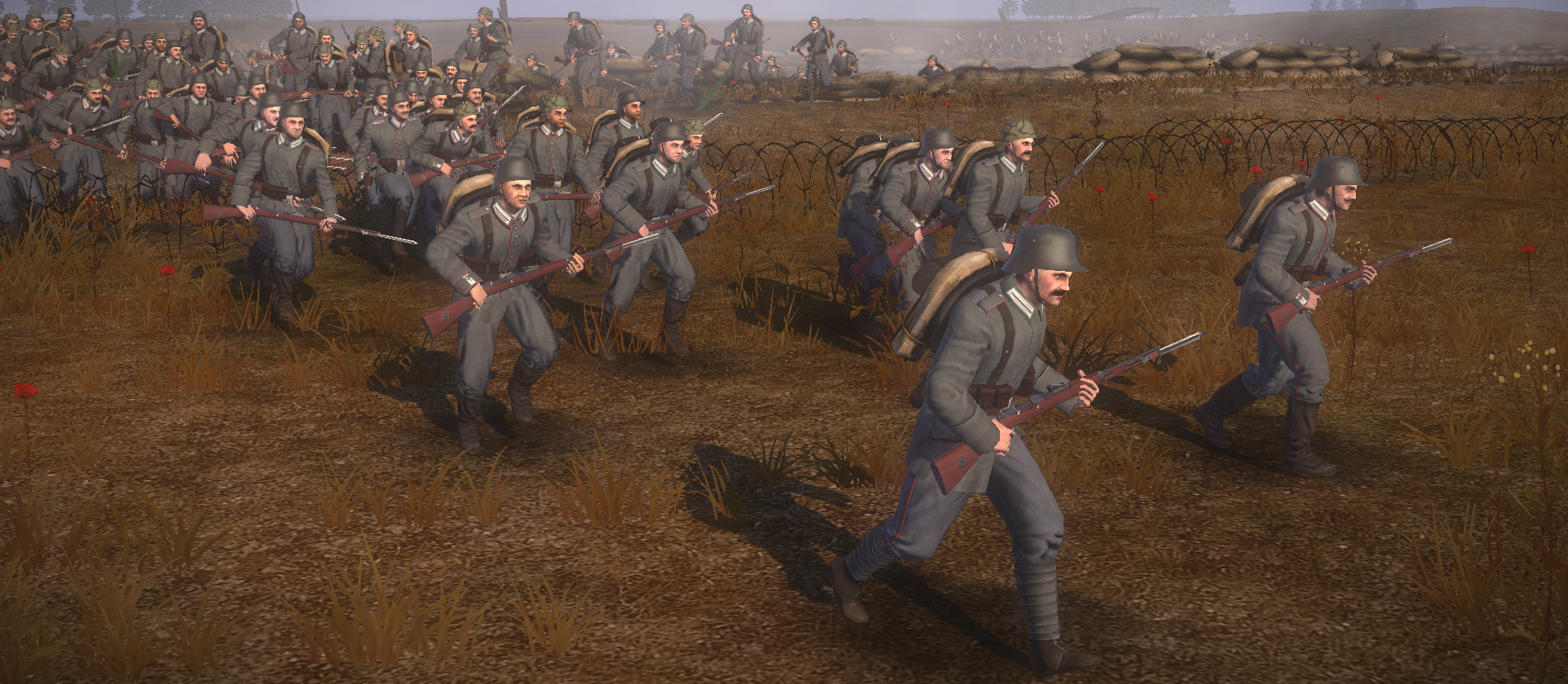

:max_bytes(150000):strip_icc()/Napoleon-Total-War-56aba19d3df78cf772b559fd.jpg)
Production of some of these dangerous chemicals continues to this day as they have peaceful uses – for example, phosgene (carbonyl dichloride) is an industrial reagent, a precursor of pharmaceuticals and other important organic compounds. It has occasionally been used since then but never in WWI quantities. Thus, chemical warfare with gases was subsequently absolutely prohibited by the Geneva Protocol of 1925. Although chemical warfare caused less than 1% of the total deaths in this war, the ‘psy-war’ or fear factor was formidable. One of the enduring hallmarks of WWI was the large-scale use of chemical weapons, commonly called, simply, ‘gas’. While the efficiency of maiming and killing steadily advanced from the 17th to the 20th centuries it accelerated by an order of magnitude in WWI with the use of inhaled poison gasses.


Ultimately, in WWII it was demonstrated that a single atomic weapon could kill more than one hundred thousand of the enemy with a single use of a single weapon. Gun powder in the 16th and 17th centuries meant that - finally, sadly - one could eliminate many of his enemies with one agent of offensive effort, an artillery round. Army Veteran, and WW-I Feature WriterĮvery war brings to the fore a new way of maiming and killing soldiers. Without the luxury of a deliberate buildup, by early summer of 1917, Pershing was in France coordinating the buildup and training of American forces.Military Historian, U.S. Meanwhile, Great Britain, anxious to maintain its dominance of the seas, had poured enormous sums into its navy. Germany, in particular, fell sway to the militaristic Prussian outlook that placed a premium on war as a way to strengthen a nation. In stark contrast, many of the European nations had been building their armies and navies for years before the outbreak of war in 1914. "Blackjack" Pershing faced tremendous logistical and societal challenges in rapidly mobilizing the nation for war. American military leaders such as General John J. This was despite the passage of the National Defense Act of 1916, which provided for a gradual increase in the regular army and reserves. Comparatively, it ranked 17th in the world. The United States wasn't just a second-rate military power. On the eve of war, military supplies and manpower had fallen to their lowest levels since the Civil War. Morale was generally low, as was esteem for the military in the general population. military was small, underpaid, and poorly trained and equipped. In the years before World War I, the U.S.


 0 kommentar(er)
0 kommentar(er)
